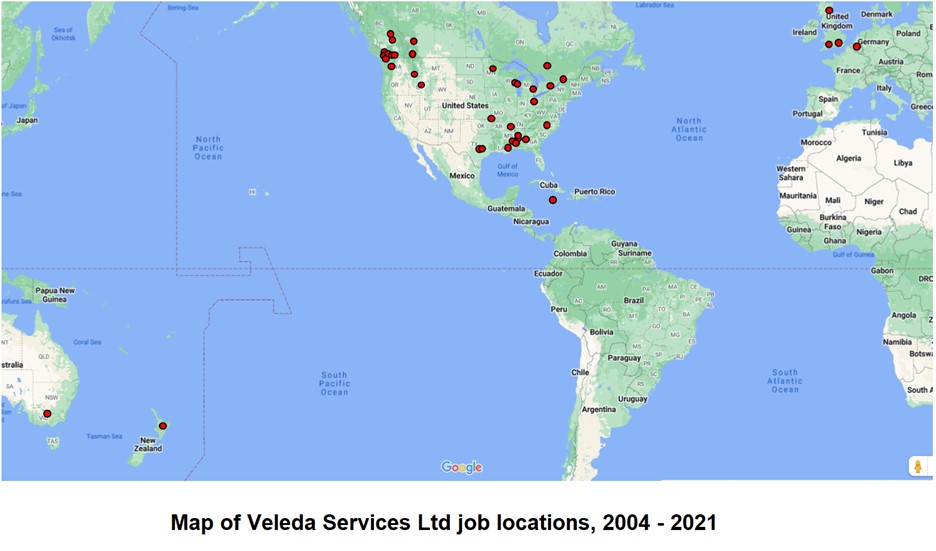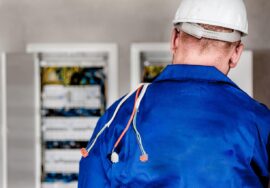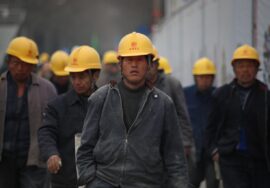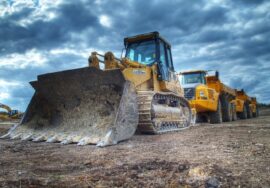“Maintenance” means different things to different people. Ask anyone without industrial experience what first comes to mind when they hear “maintenance” and most will tell you that they think of janitors working in schools and hospitals. However, those of us in industry have a very different view. Maintenance people are required to be able to keep a wide variety of complex machines and systems running reliably and to fix them when they break down. This is quite the other end of the skills continuum from janitorial services.
In his excellent book “RCM II – Reliability-centered Maintenance” (“required reading” for anyone with maintenance responsibilities), John Moubray defines “maintenance” as “Ensuring that physical assets continue to do what their users want them to do”.
However, “users” may want equipment to do things that it was not designed to do. For example, they may want equipment to run continuously between planned annual shutdowns, but the manufacturer may specify that it should be shut down every three months to change an important filter. So to make the equipment do what the users want it to do will require some change from the original design. In this example, one option would be to install an external filter system with a standby, so that filters could be changed without shutting down the equipment. This design change is not “maintenance”, it is redesign, and the two activities are different, although they are very closely linked.
This leads to a new definition of maintenance, which is:
“Ensuring that physical assets continue to do what they are designed to do in their present operating context”.
“Operating context” is an RCM term, and refers to the conditions under which equipment operates such as operating loads, stop/start cycling and supplied voltage and also to its operating environment (temperature, air quality, moisture, vibration, etc).
The activities that are components of good maintenance include routine servicing (lubrication, filter changes, etc), regular inspection and calibration, cleaning and repair (when necessary).
Redesign may include physical changes to or relocation of the equipment, changes in operating procedures or changes to the “operating context”.
What does Maintenance cost?
I’ve heard it said that, globally, Maintenance costs more than construction. From my experience in the Pulp and Paper industry, that is certainly true, although it differs widely depending on the nature of the enterprise.
And the truth is, nobody knows what maintenance costs because there is no universally accepted definition. If the above definition is used, Maintenance people do a lot of work that is NOT “maintenance” and operating people do a lot of work that IS “maintenance”. For example Maintenance people frequently assist with new construction and make small design changes to equipment – such things as
- adding or revising controls, alarms, etc
- connecting new equipment
- modifying equipment
- changing equipment to improved designs
etc.
Operators often perform plant inspections, lubricate equipment, change components that affect the operation (such as “clothing” on paper machines) and clean equipment. These all meet the above definition of “Maintenance”.
Some people look for simple ways to determine if their maintenance costs are reasonable. For example, some consultants will suggest that maintenance should not exceed a certain percentage of the replacement cost of the plant. This kind of generalization is dangerous without fully understanding all those things that affect maintenance cost, including:
- The nature of the operation – how long does it run between shutdowns?
- The remoteness of equipment from the shops – either distance or obstacles (e.g. clean areas)
- The remoteness of the plant from required services
- The climate
- The plant design and the appropriateness of the equipment selected for each location
- Any unusual hazards inherent in the type of industry
- The availability of suitable contractors or temporary employees
- The age and condition of the operating equipment
- The nature, age and condition of the infrastructure
- Regulatory requirements
- “Management standards” such as appearance, landscaping, etc
- Access to special skills
- The skill, experience and motivation of the tradespeople
- The availability, skill, experience and motivation of Planners and Supervisors
- The effectiveness of business processes and supporting technology
- The availability of accurate technical equipment information
- The existence of any restrictive work practices
- The ease in getting materials and tools to the people who need them
Some of these things are, of course, manageable, should be compared with your competition and should be addressed if they are not up to standard, but many can not be changed.
Achieving and maintaining the reliability (and other characteristics, such as appearance) that users want will almost always involve a combination of maintenance and redesign. Because the resources and skills required to do both are often held by Maintenance people, Maintenance will always have some work in their backlog for both maintenance and redesign work, and need to work with their Operating partners to ensure that all this work is addressed in the order that will give the best overall results. Some redesign may, of course, required special skills, such as engineering, and may involve considerable expense.
A good maintenance programme will balance maintenance and redesign and will include, for example, a practical process for identifying the “root cause” of failures and changing either the maintenance process (such as inspection frequency), the design (e.g. changing metallurgy) or the operating practices to avoid further similar failures (See “Root cause – a discussion“)
The most important decisions required to ensure that equipment does what its users want it to do are made during plant design, including the selection of equipment. Engineering, as a group, must work closely with both Operations and Maintenance and use their experience and knowledge to ensure that new or redesigned equipment will do what is required.
So “Maintenance” is a term that is worth defining, and also making sure that responsible people throughout the organization accept the definition. This is an important step towards achieving a strong operating partnership (See “The Operations/Maintenance partnership“)
Click here to return to the Articles index.
© Veleda Services Ltd
Don Armstrong, P.Eng, President
don.armstrong@veleda.ca
250-655-8267 Pacific Time
Canada








